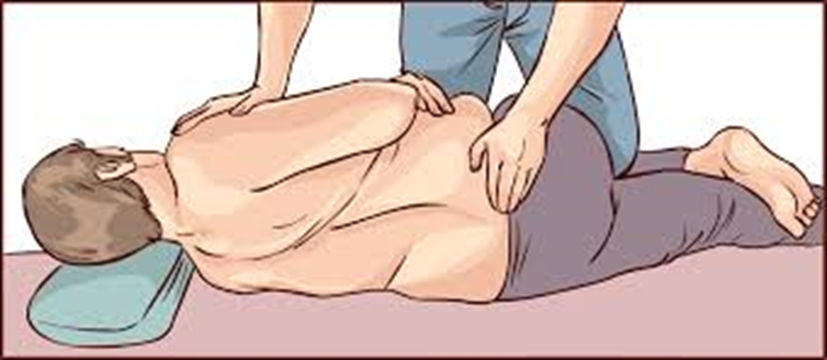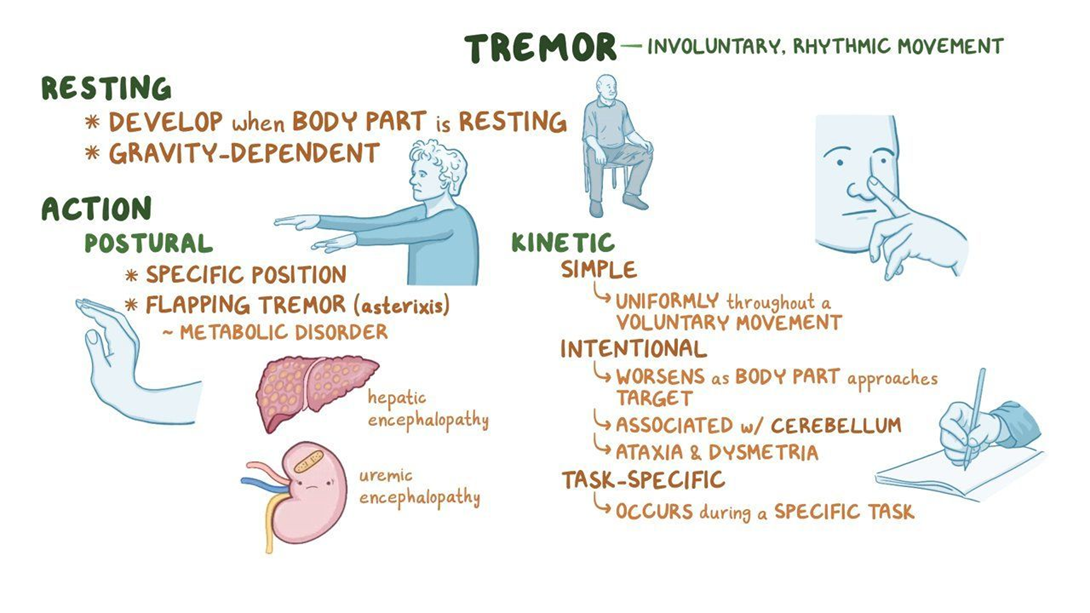A nurse is teaching a class about manual therapies. The nurse should include that which of the following treatments is part of chiropractic medicine?
Acupuncture
Surgical procedures
Spinal manipulation
Prescription medications
The Correct Answer is C
Choice A Reason:
Acupuncture.
Acupuncture is a traditional Chinese medicine practice that involves inserting thin needles into specific points on the body to balance energy flow and promote healing. While it is a form of manual therapy, it is not part of chiropractic medicine. Chiropractors focus on the musculoskeletal system, particularly the spine, and do not typically use acupuncture as a primary treatment modality.
Choice B Reason:
Surgical procedures.
Surgical procedures are not part of chiropractic medicine. Chiropractors are not licensed to perform surgeries. Their practice is centered around non-invasive treatments, primarily involving manual adjustments and manipulations of the spine and other joints. Surgery is outside the scope of chiropractic care and is typically handled by medical doctors or surgeons.
Choice C Reason:
Spinal manipulation.
This is the correct response. Spinal manipulation, also known as chiropractic adjustment, is a core component of chiropractic medicine. Chiropractors use their hands or specialized instruments to apply controlled force to spinal joints, aiming to improve spinal alignment, reduce pain, and enhance physical function. This technique is fundamental to chiropractic care and distinguishes it from other forms of manual therapy.

Choice D Reason:
Prescription medications.
Prescription medications are not part of chiropractic medicine. Chiropractors do not prescribe medications; instead, they focus on manual therapies, exercise, and lifestyle counseling to manage and prevent musculoskeletal issues. The use of medications is typically managed by medical doctors or other healthcare providers.
Nursing Test Bank
Naxlex Comprehensive Predictor Exams
Related Questions
Correct Answer is D
Explanation
Choice A Reason:
Pseudo-Parkinsonian side effects, also known as drug-induced parkinsonism, can occur with the use of antipsychotic medications like haloperidol. These side effects include symptoms such as rigidity, bradykinesia, tremor, and postural instability. However, the description of the client’s neck arched sharply backward is more indicative of an acute dystonic reaction rather than pseudo-Parkinsonian side effects. Pseudo-Parkinsonian symptoms typically develop more gradually and do not present with such dramatic posturing.
Choice B Reason:
While some side effects of haloperidol can be temporary and may disappear after several days, the acute dystonic reaction described in the scenario requires immediate intervention. Acute dystonic reactions are characterized by sudden, severe muscle contractions that can be painful and potentially dangerous if they involve the airway. Therefore, it is crucial to address this reaction promptly rather than waiting for it to resolve on its own.
Choice C Reason:
Increasing the dosage of haloperidol in response to the described symptoms would likely exacerbate the situation. The client’s symptoms are not indicative of worsening psychotic behavior but rather an adverse reaction to the medication. Increasing the dosage could lead to more severe side effects and complications. The appropriate response is to treat the acute dystonic reaction and reassess the medication regimen.
Choice D Reason:
An acute dystonic reaction is a known side effect of antipsychotic medications like haloperidol. It involves sudden, severe muscle contractions, often affecting the neck, face, and back. This reaction can be distressing and requires immediate treatment with anticholinergic medications such as benztropine or diphenhydramine. Prompt intervention can relieve the symptoms and prevent further complications.

Correct Answer is C
Explanation
Choice A Reason:
Manifestation of dyslexia.
Dyslexia is a learning disorder characterized by difficulties with accurate and/or fluent word recognition and by poor spelling and decoding abilities. It is not typically associated with the creation of new words or phrases, which is what the term ‘mazurka’ represents in this context. Therefore, the client’s use of ‘mazurka’ is not a manifestation of dyslexia.
Choice B Reason:
Example of loose associations.
Loose associations refer to a thought disorder where ideas are presented with little or no logical connection between them. While this is a common symptom in schizophrenia, it does not specifically involve the creation of new words. The term ‘mazurka’ in this context does not illustrate a lack of logical connection between ideas but rather the invention of a new term.
Choice C Reason:
Neologism.
Neologism refers to the creation of new words or phrases that are often only understood by the person who created them. This is a common symptom in schizophrenia, where individuals may invent words that have meaning only to them. The client’s use of ‘mazurka’ fits this definition, as it is a newly created word that likely holds specific meaning for the client.
Choice D Reason:
Flight of ideas.
Flight of ideas is a symptom characterized by rapid and continuous speech with abrupt changes from topic to topic, usually based on understandable associations, distracting stimuli, or plays on words. This symptom is more commonly associated with manic episodes rather than schizophrenia. The use of ‘mazurka’ does not indicate rapid topic changes but rather the creation of a new word.
Whether you are a student looking to ace your exams or a practicing nurse seeking to enhance your expertise , our nursing education contents will empower you with the confidence and competence to make a difference in the lives of patients and become a respected leader in the healthcare field.
Visit Naxlex, invest in your future and unlock endless possibilities with our unparalleled nursing education contents today
Report Wrong Answer on the Current Question
Do you disagree with the answer? If yes, what is your expected answer? Explain.
Kindly be descriptive with the issue you are facing.
